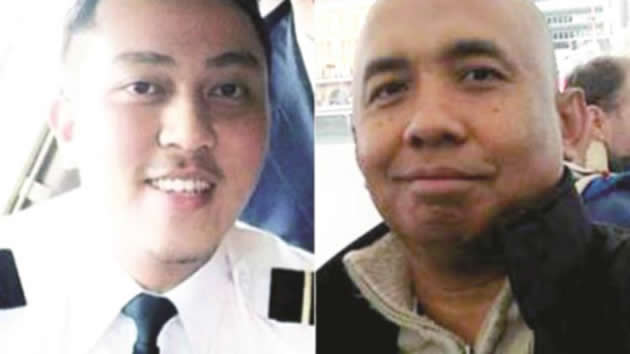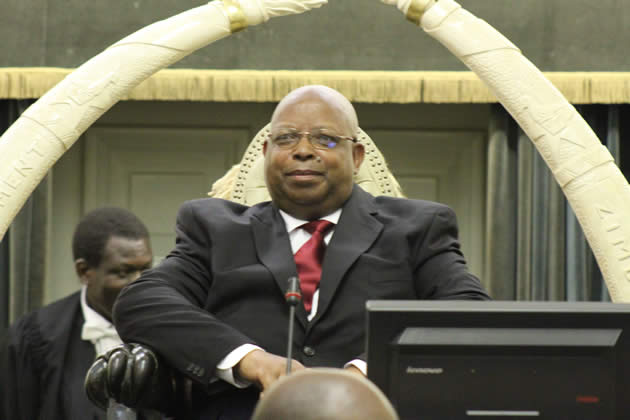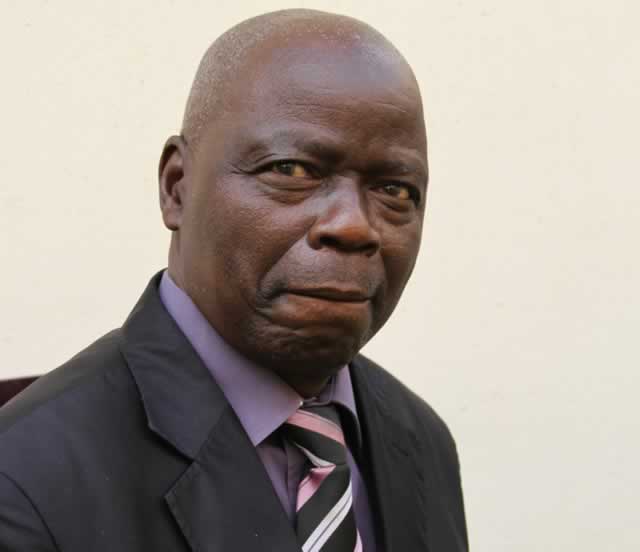Missing plane: Contradictions, frustration as search expands


Malaysia Airlines Flight MH370 pilots Zaharie Ahmad Shah (right) 53, and Fariq Abdul Hamid (left) 27, seen here in their Facebook profile pictures. — abcnews.go.com
KUALA LUMPUR. — The co-pilot of a missing Malaysian jetliner spoke the last words heard from the cockpit, the airline’s chief executive said yesterday, as investigators consider suicide by the captain or first officer as one possible explanation for the disappearance.
No trace of Malaysia Airlines Flight MH370 has been found since it vanished on March 8 with 239 people aboard.
Investigators are increasingly convinced it was diverted perhaps thousands of kilometres off course by someone with deep knowledge of the Boeing 777-200ER and commercial navigation.
A search unprecedented in its scale is now under way for the plane, covering a area stretching from the shores of the Caspian Sea in the north to deep in the southern Indian Ocean.
Airline chief executive Ahmad Jauhari Yahya also told a news conference that it was unclear exactly when one of the plane’s automatic tracking systems had been disabled, appearing to contradict the weekend comments of government ministers.
Suspicions of hijacking or sabotage had hardened further when officials said on Sunday that the last radio message from the plane — an informal “all right, good night” — was spoken after the system, known as “ACARS”, was shut down.
“Initial investigations indicate it was the co-pilot who basically spoke the last time it was recorded on tape,” Ahmad Jauhari said yesterday, when asked who it was believed had spoken those words.
That was a sign-off to air traffic controllers at 1.19 a.m., as the Beijing-bound plane left Malaysian airspace.
The last transmission from the ACARS system — a maintenance computer that relays data on the plane’s status — had been received at 1.07 am, as the plane crossed Malaysia’s north-east coast and headed out over the Gulf of Thailand.
“We don’t know when the ACARS was switched off after that,” Ahmad Jauhari said.
“It was supposed to transmit 30 minutes from there, but that transmission did not come through.”
Police and a multi-national investigation team may never know for sure what happened in the cockpit unless they find the plane, and that in itself is a daunting challenge.
Satellite data suggests it could be anywhere in either of two vast corridors that arc through much of Asia: one stretching north from Laos to the Caspian, the other south from west of the Indonesian island of Sumatra into the southern Indian Ocean west of Australia.
Aviation officials in Pakistan, India, and Central Asian countries Kazakhstan and Kyrgyzstan — as well as Taliban militants in Pakistan and Afghanistan — said they knew nothing about the whereabouts of the plane.
“The idea that the plane flew through Indian airspace for several hours without anyone noticing is bizarre,” a defence ministry official said, speaking on condition of anonymity.
Zabihullah Mujahid, a spokesman for the Taliban in Afghanistan, who are seeking to oust foreign troops and set up an Islamic state, said the missing plane had nothing to do with them.
“It happened outside Afghanistan and you can see that even countries with very advanced equipment and facilities cannot figure out where it went,” he said.
“So we also do not have any information as it is an external issue.”
China, which has been vocal in its impatience with Malaysian efforts to find the plane, called on its neighbour to “immediately” expand and clarify the scope of the search.
About two-thirds of the passengers aboard MH370 were Chinese.
Australian Prime Minister Tony Abbott said he had spoken to Malaysian counterpart Najib Razak by telephone, and had offered more surveillance resources in addition to the two P-3C Orion aircraft his country has already committed.
Malaysian Acting Transport Minister Hishammuddin Hussein said diplomatic notes had been sent to all countries along the northern and southern search corridors, requesting radar and satellite information as well as land, sea and air search operations. The Malaysian navy and air force were also searching the southern corridor, he said, and US P-8A Poseidon surveillance aircraft were being sent to Perth, in Western Australia, to help scour the ocean. The plane’s disappearance has baffled investigators and aviation experts. It vanished from civilian air traffic control screens off Malaysia’s east coast less than an hour after taking off from Kuala Lumpur. Malaysian authorities believe that, as the plane crossed the northeast coast and flew across the Gulf of Thailand, someone on board shut off its communications systems and turned west. That has focused attention on the crew. Malaysian police are trawling through the backgrounds of the pilots, flight and ground staff for any clues to a possible motive in what they say is now being treated as a criminal investigation.
Asked if pilot or co-pilot suicide was a line of inquiry, Hishammuddin said: “We are looking at it.”
But he added it was only one of the possibilities under investigation.
Police special branch officers searched the homes of the captain, 53-year-old Zaharie Ahmad Shah, and first officer, 27-year-old Fariq Abdul Hamid, in middle-class suburbs of Kuala Lumpur close to the international airport on Saturday.
Among the items taken for examination was a flight simulator Zaharie had built in his home.
A senior police official familiar with the investigation said the flight simulator programmes were closely examined, adding they appeared to be normal ones that allow users to practice flying and landing in different conditions.
A second senior police official with knowledge of the investigation said they had found no evidence of a link between the pilot and any militant group.
“Based on what we have so far, we cannot see the terrorism link here,” he said.
“We looked at known terror or extremist groups in Southeast Asia. The links are not there.”
Electronic signals between the plane and satellites continued to be exchanged for nearly six hours after MH370 flew out of range of Malaysian military radar off the north-west coast, following a commercial aviation route across the Andaman Sea towards India. The plane had enough fuel to fly for about 30 minutes after that last satellite communication, Ahmad Jauhari said.
Twenty-six countries are involved in the search, stretching across much of Asia.
Three French civil aviation experts involved in the search for an Air France jet that crashed in the Atlantic in 2009 arrived in Kuala Lumpur on Monday to help. A source familiar with official US. assessments of satellite data being used to try to find the plane said it was believed most likely it turned south sometime after the last sighting by Malaysian military radar, and may have run out of fuel over the Indian Ocean. — Reuters.







Comments